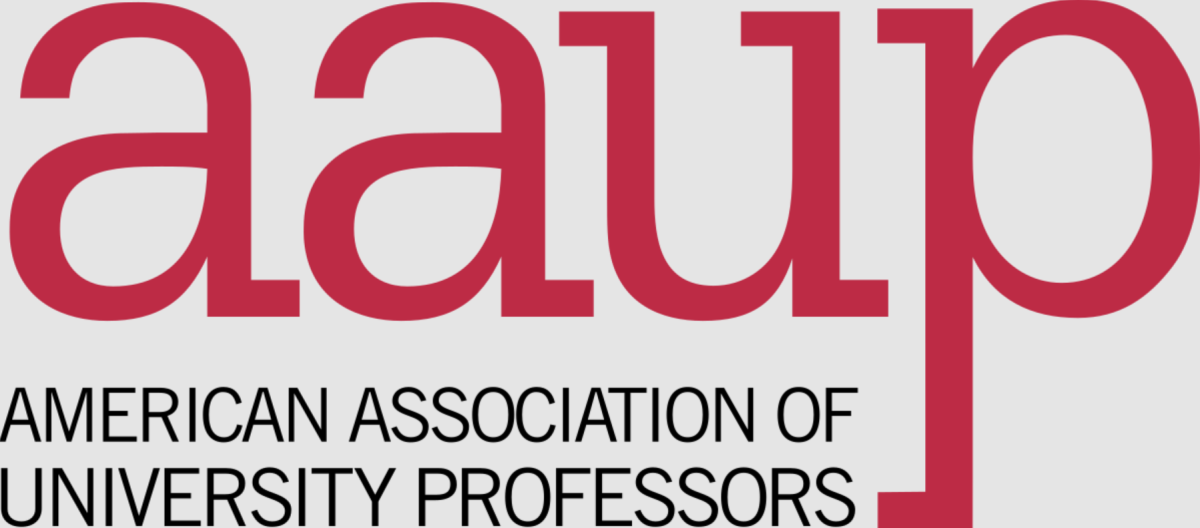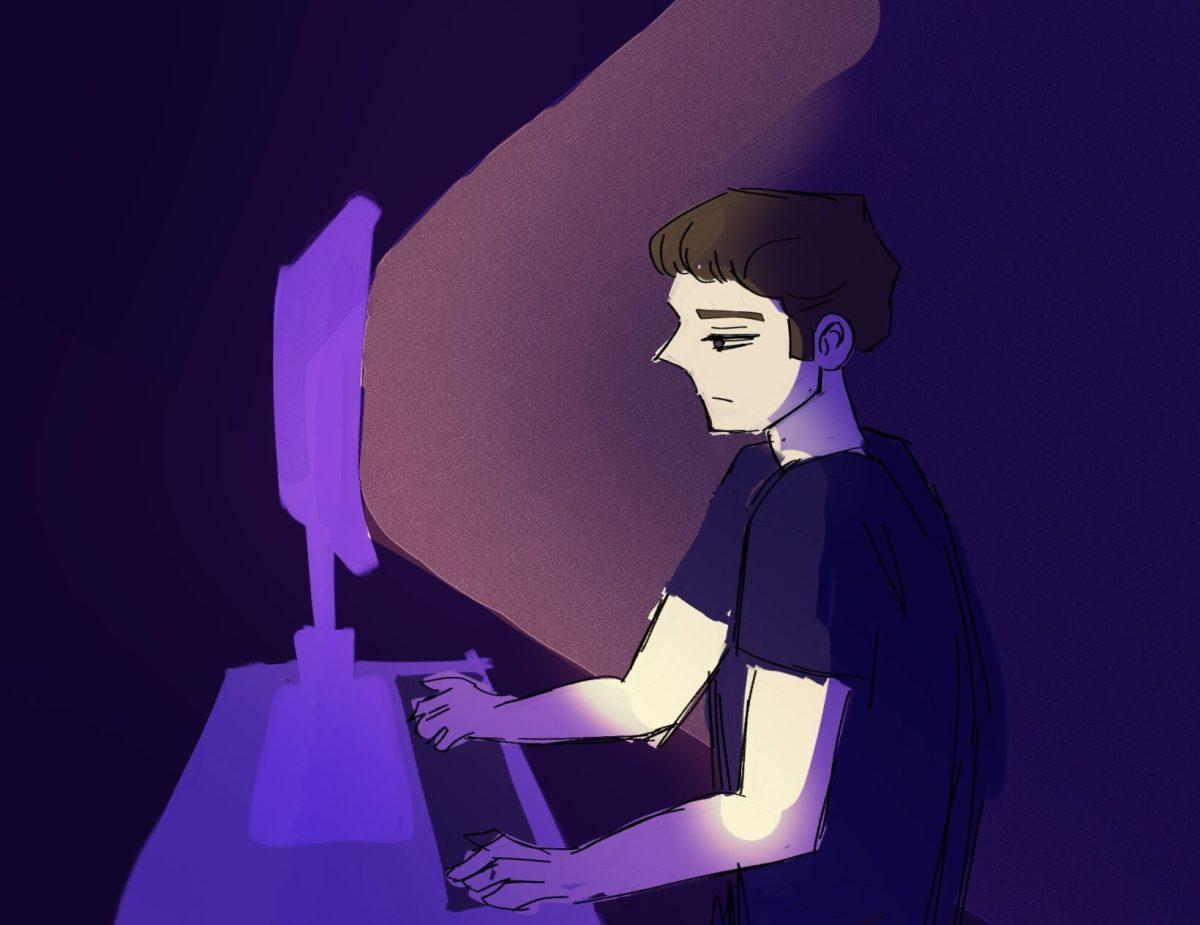The shift to online learning was met with an expectation that not all classes would handle this transition well. Despite what expectations we may have had, most classes have managed to adapt their curriculum to the new format. But now, after almost a year of online learning, some professors have yet to adjust their course material to account for the circumstances surrounding the current learning environment.
Arguably, the best example of this would be that of the online laboratory sections that coincide with some of the more popular science, math, engineering and technology courses. Each lab is introduced as a “stand-alone” assignment that gives students the opportunity to understand the reasoning behind concepts covered in the main course material. However, the way in which the assignments are structured places emphasis on information that is self-contained, which fails to promote meaningful student growth and development.
I am currently enrolled in a physics lab (PY 206: Physics for Engineers and Scientists I Laboratory) and was able to experience a chemistry lab (CH 102: General Chemistry Laboratory) last semester. Admittedly, I was not that fond of the chemistry lab, and the physics lab is beginning to feel more and more like a relapse of last semester.
What I’ve noticed, and what I’ve gathered from my fellow classmates, is that the lab sections take the idea of being “stand-alone” to a level that estranges students from fully understanding concepts in the context of the course’s material.
Last semester, for instance, I found that a large chunk of the time it takes to complete a lab was spent researching new material. Although a good amount of this information did connect back to the overall theme of the unit, it was never covered again in the future and had no real application to what I needed to know for that particular class.
This roundabout way of presenting the information ultimately distracted me from learning how an in-person lab is meant to operate. My focus was always on how I could understand the material provided to me, which prevented me from understanding the methodology. Specific concepts will come and go with each class, but the laboratory process is a constant throughout each course.
It’s bothersome to know that many of my chemistry-focused peers will have to take the time to reevaluate their understanding of the lab process simply because the online course didn’t consider that this type of class would require some extra attention. Normally, labs require some level of engagement with tangible tools and concepts, but the online adaptation feels needlessly information-based which distracts from the fact that labs are meant to help students test and visualize hypotheses.
It’s not as if it’s impossible to find this balance between engagement and information. From what I’ve seen and heard, some laboratory sections can make it work. Organic chemistry labs utilize interactive visualizations to place students in the lab environment, engaging with real lab materials. Students then proceed to deduce answers to questions by referencing the entire lab procedure and the information provided throughout that process.
Simply put, laboratory sections don’t differ enough in style from their main courses to provide any sort of useful feedback or information for students looking to understand the unit material. The addition of inapplicable information set within these standardized online boundaries only prevents students from understanding the methodology behind scientific research and discovery.
I’m not suggesting that I have the perfect solution for this problem, but it’s necessary that it’s addressed in order to prepare all students for in-person laboratory learning. This online environment should be made as dynamic and as interactive as possible in order to promote meaningful growth and development within our student body.














